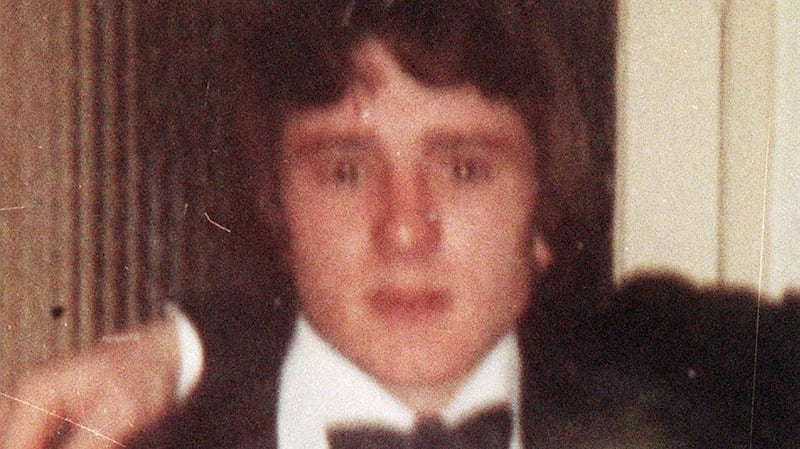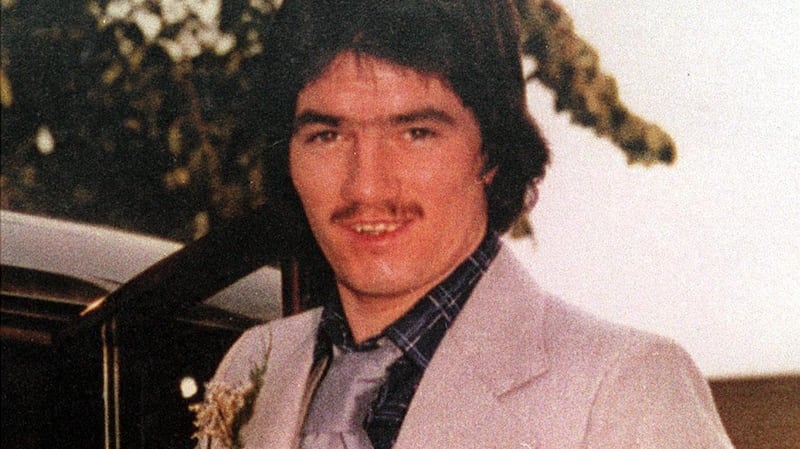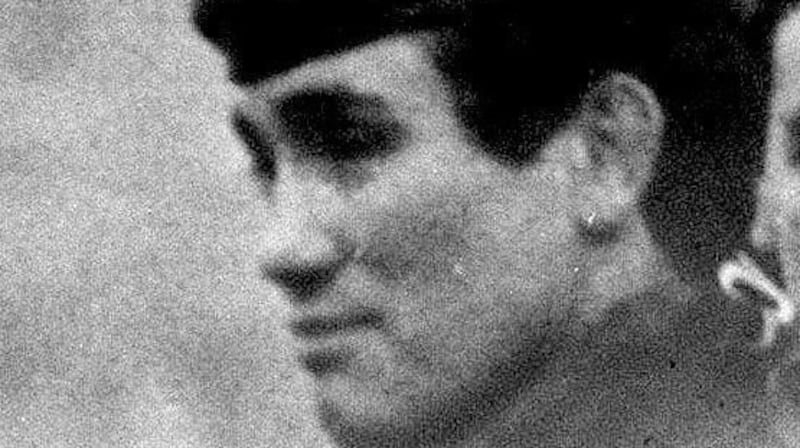The first contact between the families of “the Disappeared” – civilians murdered by the IRA during the Troubles and whose bodies secretly buried – and the British government surfaces in previously confidential files released on Friday in Belfast under the 30/20 year rule.
The issue became a “live” one immediately after the IRA ceasefire, which was announced on August 31st, 1994.
The 25th anniversary of the ceasefire falls next weekend.
In June 1995, a pressure group, "Families of the Disappeared" was formed by Seamus McKendry, whose mother-in-law, Jean McConville had been abducted, murdered and "disappeare" by the IRA in West Belfast in 1972. On June 16th, 1994, McKendry wrote to the British prime minister, John Major seeking a meeting on behalf of the families.
In a background note on the file, an anonymous NIO official noted that during the Troubles up to 20 people "had been interrogated and tortured by the IRA" before being "disappeared without trace". The best known examples had been Capt Robert Nairac, an undercover British soldier believed murdered in 1977, and Mrs McConville.

The official noted that while most allegations related to the IRA, loyalist abduction and murder could not be ruled out and the police had “very little information” on the subject. Government representatives had raised the issue with Sinn Féin during the exploratory dialogue. Recent media coverage had prompted Mr McKendry to set up the group, “inspired by the continuing grief of his wife, Helen, the daughter of Jean McConville”.
The Irish Times, he noted, had reported that the Sinn Féin president, Gerry Adams had met a number of the affected families and promised to do what he could do to have the bodies located. Martin McGuinness also had said that it was "an issue which must be resolved".
The official continued: “Sinn Féin had come under pressure both in Ireland and internationally to help locate the bodies”. During the recent Washington investment conference, US president Bill Clinton had urged that action should be taken on the Disappeared.
Mr McKendry said the IRA had also contacted him and promised to have the bodies located “but nothing had happened” and he felt they were being given “the run-around”.
The families believe that John jumped through a window and was shot in the back. Brian had witnessed this and he was taken out and shot
In response to the group’s request for a meeting at 10 Downing Street, Major’s private secretary, Edward Oakden felt that a meeting with the prime minister might be inappropriate.
In a letter to Mr McKendry, on behalf of Major, Oakden assured him that the PM fully supported the families in their campaign and that “governmental pressure would be directed at Sinn Féin” on the issue. The Downing Street official suggested a meeting between the group and Sir John Wheeler, NIO security minister.
In a further note on the file, dated July 7th, 1992, Diane Phillips of the Security Policy and Operations Division at the NIO, referred to recent press reports that the bodies of IRA victims had been buried on Black Mountain, outside Belfast. In her view a meeting between the group and the Security Minister would help maintain pressure on Sinn Féin and the Provisionals. In the upshot it was agreed that Mr McKendry would meet Wheeler at Stormont Castle on September 7th, 1995.
At the meeting, McKendry was accompanied by Mrs Margaret McKinney and Mrs McClory, who had sons who were abducted and murdered in 1978.

In a further memo, dated August 28th, 1995, Linda Meldrum of the NIO revealed that a team of officers from the RUC Serious Crime Squad had been set up to investigate nine reported cases. These included the case of Jean McConville, abducted from her Divis Flats home in 1972, Brendan Megaw, taken from his Twinbrook [West Belfast] home in 1988 and two friends, Brian McKinney and John McClory, abducted on the same day in 1978 while going to work.
The file noted that Jean McConville, a former Protestant from East Belfast, had been driven out of East Belfast with her family and moved to Catholic West Belfast.

“Her family believe that their mother was taken from her Divis home and murdered because she was a Protestant and had ‘comforted’ a British soldier shot by the IRA. Jean was dragged from her home by a group of 12 IRA members, including four women. The eight children (whose father had died 10 months earlier) were so frightened that they hid under the bed.
“They begged for food to survive and it was only six weeks later that the social services discovered their plight. The family were split up and taken into care. The eldest child was mentally handicapped and the youngest just six at the time.”
In the case of Brian McKinney (22) and John McClory (18), “it was thought that they had been involved in a robbery earlier, but that both had returned the ‘cut’ of their money.” Both were abducted on their way to work and interrogated in Lenadoon (in West Belfast).
The official added: “The families believe that John jumped through a window and was shot in the back. Brian had witnessed this and he was taken out and shot.” Their bodies were thought to have been buried in the Glencollin estate, close to their parents’ homes.
The official counselled Sir John Wheeler to use the meeting to listen sympathetically to the families’ tragic stories and assure them of the government’s sympathy.
At the meeting, Mr McKendry said there was a fear that they might be used as a “political bargaining piece”; for example, “if the government was to lighten up on decommissioning, Sinn Féin/IRA might give up a body or two”. The minister assured them that there was no question of being held to ransom in such a way and that the matter of decommissioning was “one of democracy”.
McKendry also revealed that a Sinn Fein councillor, Richard McAuley had visited him on behalf of Gerry Adams and suggested that information might become available “at the right time”. The families believed that that time was now.







